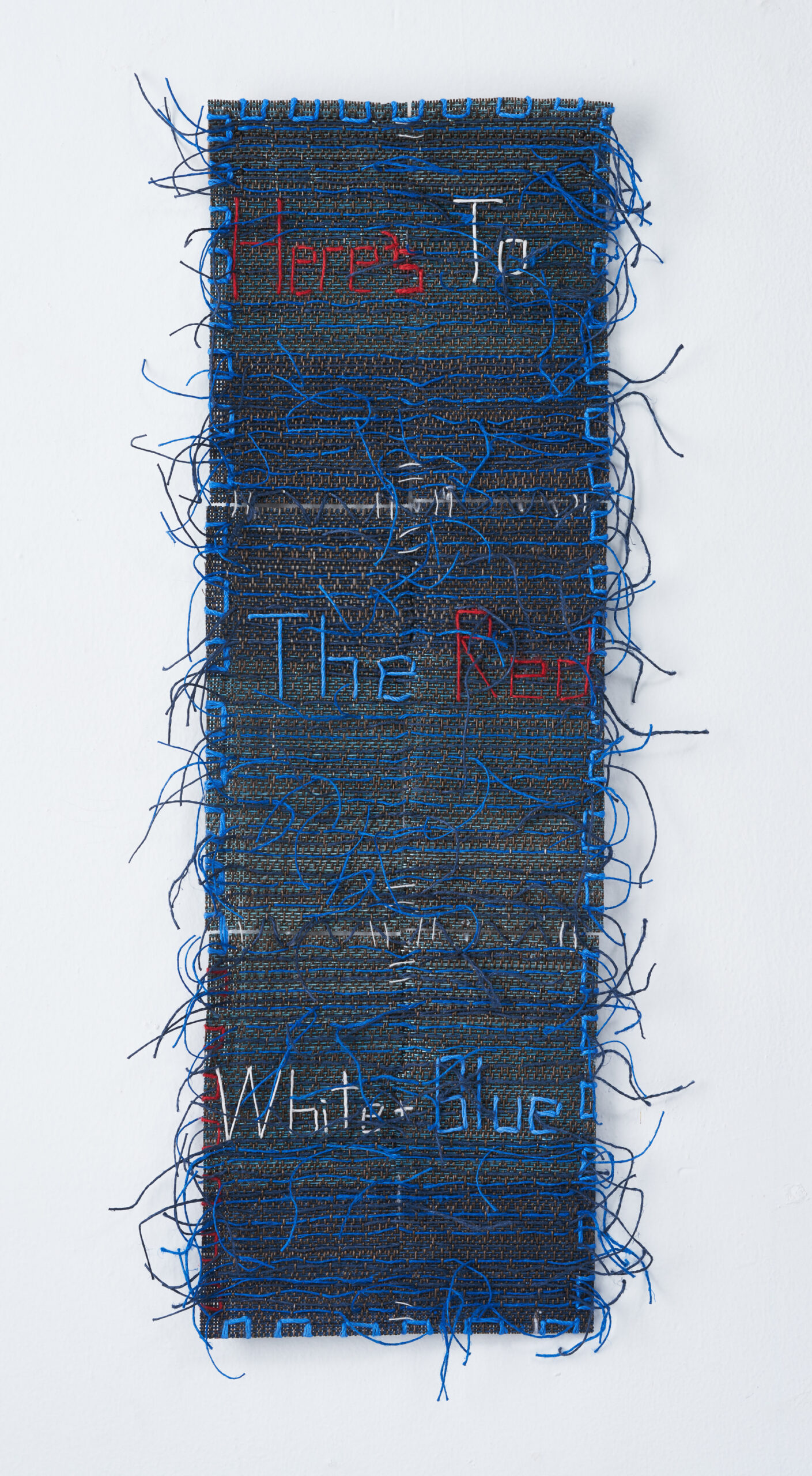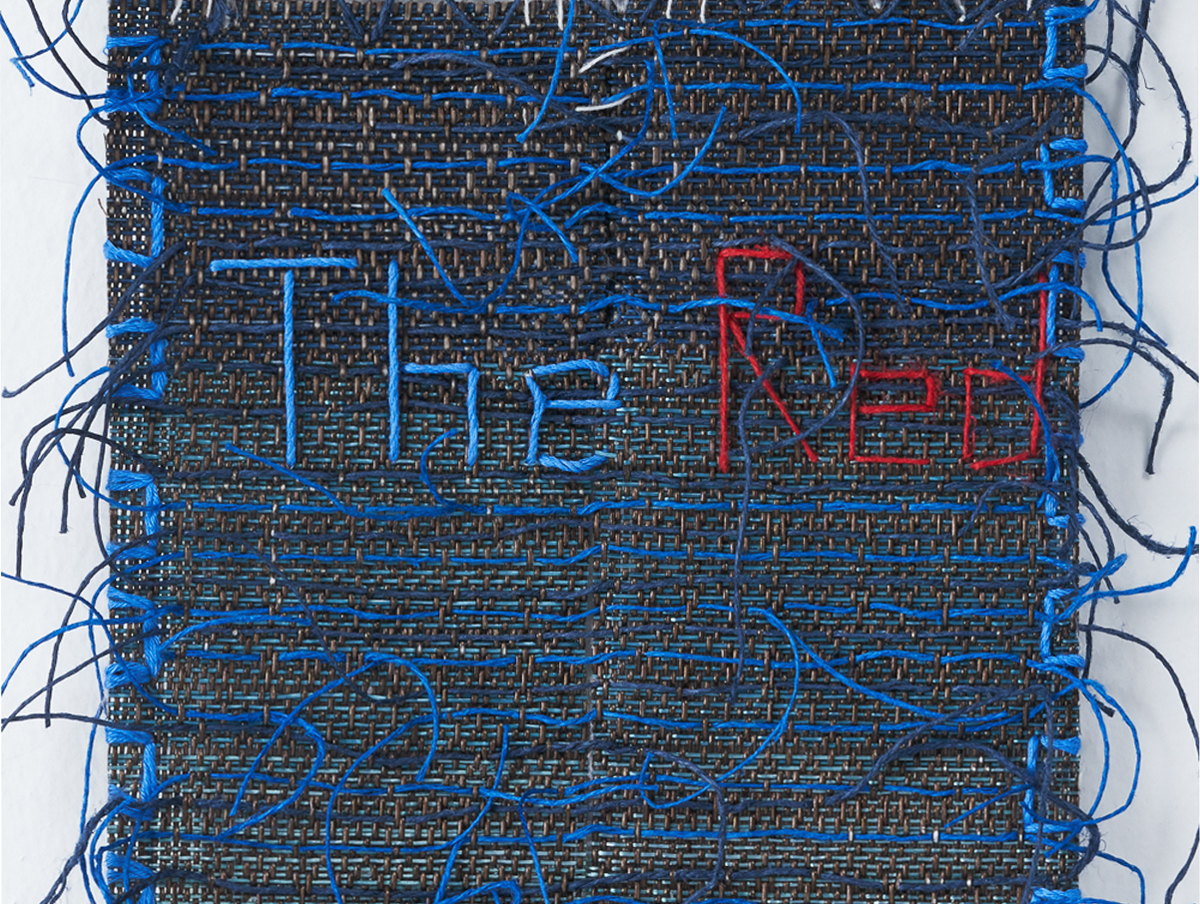I am thrilled to be participating in “String Theory“, an exhibition focusing on the versatility and creative potential of fiber, at the Cultural Center of Cape Cod.

Opening Reception Friday, February 9, 5–7pm
Exploring the possibilities within fiber art to showcase the beauty and versatility of the medium.
FIBER ART can be see as both a new and an old form of art. The use of fibrous materials—woven, knitted, printed, wrapped, tied, sculpted, etc.—has long been a part of human culture. Traditionally, fibrous materials emerged as functional objects but in the aftermath of the World War II and with further investigation into the nature of an art object, fiber art slowly became a force and a movement in its own right.
DURING THE 1950s, as artists received recognition, the term “fiber art” was coined to help describe and categorise their work. During this period, the contribution of craft artists—not just in fiber but in clay, ceramics, and other media—inspired a number of weavers to begin binding fibers into non-functional and non-objective forms to create works of art. The two decades that followed, the 1960s and the ’70s brought an international revolution in fiber art. With the rise of the women’s movement, and the consequences of feminist art, along with the birth of postmodernism theory, fiber art was reinforced and popularized.
FORMS OF FIBER ART include sewing, quilting, needle point, macrame, weaving, felting, crocheting, knitting, embroidery, rug-making, basket weaving and many more. As the years pass, different forms of fiber art have increased and decreased in popular artist interest. Macrame, for example, became very popular during the Victorian era, faded out of focus, then regained popularity in the 1970s. Today fiber art, in all its increasingly varied forms and styles, is more popular than ever and os one of the fastest-growing art forms of the 21st century.

